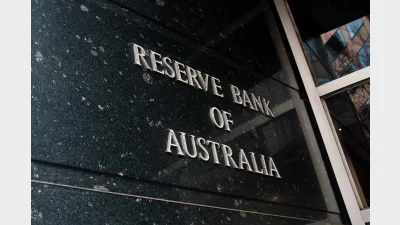Systemic risks an issue for MySuper



The shift of default superannuation funds into the MySuper regime will expose a number of systemic risks and only about 10 per cent of MySuper products are likely to survive in the long term, it has been claimed.
Minter Ellison superannuation partner Maged Girgis said the MySuper reforms would face a transition risk as millions of dollars and fund member accounts began to shift over the next four years.
"These reforms may result in structural systemic risks that people are not thinking about," Girgis said. The 160 MySuper products represented a concentration of the same types of risks in a single area.
Girgis said that while the MySuper providers were regulated, many of the funds would rely on third party administrators that were not regulated and were subject to oversight via contractual obligation.
"While super funds are regulated by the Australian Prudential Regulatory Authority their service providers are not. Some of the these funds will be using administrators to manage large amounts of data and some have funds with millions of members," he said.
"As such we are relying on financial integrity of the system to be upheld by entities that are not regulated in any way. This is not a trustee issue as they are regulated, but is next layer down."
Girgis said that standards exist around outsourcing but MySuper fund providers were relying on contractual obligations to manage any risk associated with transitioning to the MySuper regime.
"What we have got is a concentration of risk without a uniform approach among service providers party towards that risk."
Girgis also stated the concentration would continue as only 10 per cent of MySuper funds would gain traction and be viable in the long term.
"Only two-to-15 MySuper funds will ever be named on awards and the industry should expect great numbers to not end up on awards. This does make their viability questionable and also means we are talking about real levels of concentration in next four-year period."
Recommended for you
The central bank has announced the official cash rate decision for its November monetary policy meeting.
Australia’s maturing superannuation system delivers higher balances, fewer duplicate accounts and growing female asset share, but gaps and adequacy challenges remain.
Global volatility and offshore exposure have driven super funds to build US-dollar liquidity buffers, a new BNY paper has found.
Less than two in five Australians are confident they will have sufficient assets to retire and almost three-quarters admit they need to pay greater attention to their balance, according to ART research.










